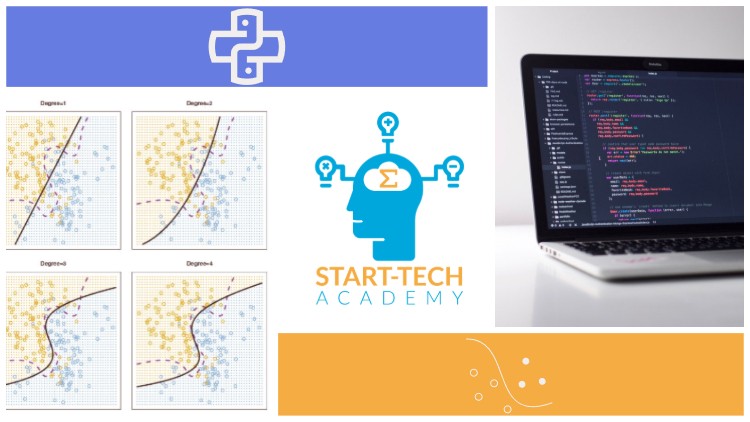Logistic Regression in Python
Logistic regression in Python tutorial for beginners. You can do Predictive modeling using Python after this course.
4.38 (906 reviews)

105,159
students
7.5 hours
content
Jan 2025
last update
$69.99
regular price
What you will learn
Understand how to interpret the result of Logistic Regression model in Python and translate them into actionable insight
Learn the linear discriminant analysis and K-Nearest Neighbors technique in Python
Preliminary analysis of data using Univariate analysis before running classification model
Predict future outcomes basis past data by implementing Machine Learning algorithm
Indepth knowledge of data collection and data preprocessing for Machine Learning logistic regression problem
Learn how to solve real life problem using the different classification techniques
Course contains a end-to-end DIY project to implement your learnings from the lectures
Basic statistics using Numpy library in Python
Data representation using Seaborn library in Python
Classification techniques of Machine Learning using Scikit Learn and Statsmodel libraries of Python
Screenshots




2332592
udemy ID
4/21/2019
course created date
5/10/2019
course indexed date
Bot
course submited by